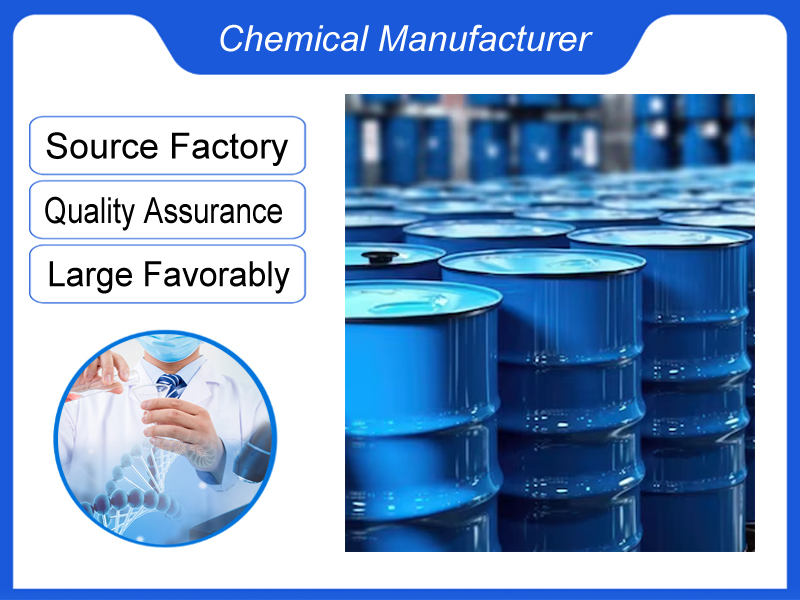
Cefalexin Monohydrate CAS 23325-78-2
We are a manufacturer based in China. We specialize in providing high-quality Cefalexin Monohydrate CAS 23325-78-2 for industrial clients across various sectors. Whether you need chemicals consultation or technical support, our team is here to help.
Category:Active Pharmaceutical Ingredients Own Brand:MT /MOQ:100KG /From China/ B2B only.
Introduction
Molecular Formula: C16H17N3O4S, H2O
Molecular Weight: 365.4
CAS No.: 23325-78-2
It is the first-generation cephalosporin, which is a broad-spectrum antibiotic. It has antibacterial effect on Gram-positive bacteria and Gram-negative bacteria, mainly used for respiratory tract infection, urinary tract infection, obstetrics and Gynecology infection, skin and soft tissue infection, gonorrhea caused by sensitive bacteria.
Description
It is white or almost white, crystalline powder. It is sparingly soluble in water, practically insoluble in ethanol (96 per cent).
Application
It is a broad-spectrum antibiotic. It is mainly used for Gram-positive and negative bacteria infections, such as: influenza, hemorrhagic sepsis, streptococcosis, swine erysipelas, anthrax, emphysema, malignant edema, actinomycosis, necrotic disease, hook end Spleen disease caused by septic hyperthermia (41 ~ 43 ° C) or sustained low temperature (37 ° C or less), indigestion, like to drink cold water, no sleepiness, walking abdomen, ear blue, tears. It is also used to treat various inflammatory diseases.
Packing
25 kg/bag or as per customer’s requirements
Storage
Preserve in a tight and light-resistant container.
Minimum Order
One package
Cefalexin Monohydrate Introduction
| Item | Details |
| Generic Name | Cefalexin Monohydrate |
| Trade Names | Keflex, Ceporex, etc. |
| Classification | First – generation cephalosporin antibiotic |
| Chemical Structure | It contains a beta – lactam ring, which is the core structure for its antibacterial activity. The structure allows it to interact with penicillin – binding proteins (PBPs) in bacteria. The monohydrate form is the stable crystalline state of cefalexin, which is suitable for pharmaceutical preparations. |
| Pharmacological Action | Cefalexin monohydrate works by inhibiting the synthesis of the bacterial cell wall. Once it enters the bacteria, it binds to specific PBPs in the cytoplasmic membrane. This binding blocks the cross – linking process of peptidoglycan chains in the cell wall. As a result, the cell wall becomes weakened, and the bacteria are more likely to burst due to osmotic pressure, leading to their death. It mainly has antibacterial effects against Gram – positive bacteria, with some activity against certain Gram – negative bacteria. |
| Clinical Applications | 1. Skin and Soft Tissue Infections: It is commonly used to treat impetigo, cellulitis, and wound infections caused by Staphylococcus aureus and Streptococcus pyogenes. 2. Respiratory Tract Infections: Can be used for mild to moderate pharyngitis and tonsillitis when caused by susceptible streptococcal species. 3. Urinary Tract Infections: Effective against some urinary tract infections, especially those caused by Escherichia coli and Proteus mirabilis, which are sensitive to first – generation cephalosporins. |
| Dosage and Administration | Usually taken orally. For adults, the typical dose for mild to moderate infections is 250 – 500 mg every 6 – 12 hours, depending on the type and severity of the infection. In more severe cases, the dose can be increased to 1 g every 6 hours. The drug should be taken with a full glass of water, and it can be taken with or without food, although food may slightly delay its absorption. |
| Adverse Reactions | 1. Gastrointestinal Effects: Nausea, vomiting, diarrhea, and abdominal discomfort are relatively common. These side effects are usually mild and transient. 2. Allergic Reactions: Some patients may experience rashes, itching, or hives. In rare cases, more severe allergic reactions like anaphylaxis can occur, especially in individuals with a history of severe allergies to cephalosporins or penicillins. 3. Hematological Effects: In very rare instances, it may cause transient changes in blood cell counts, such as eosinophilia. |
If you're ready to take the next step, Leave your message below and we’ll reply soon. 20+ years of chemical manufacturing & export experience, a partner you can trust.





